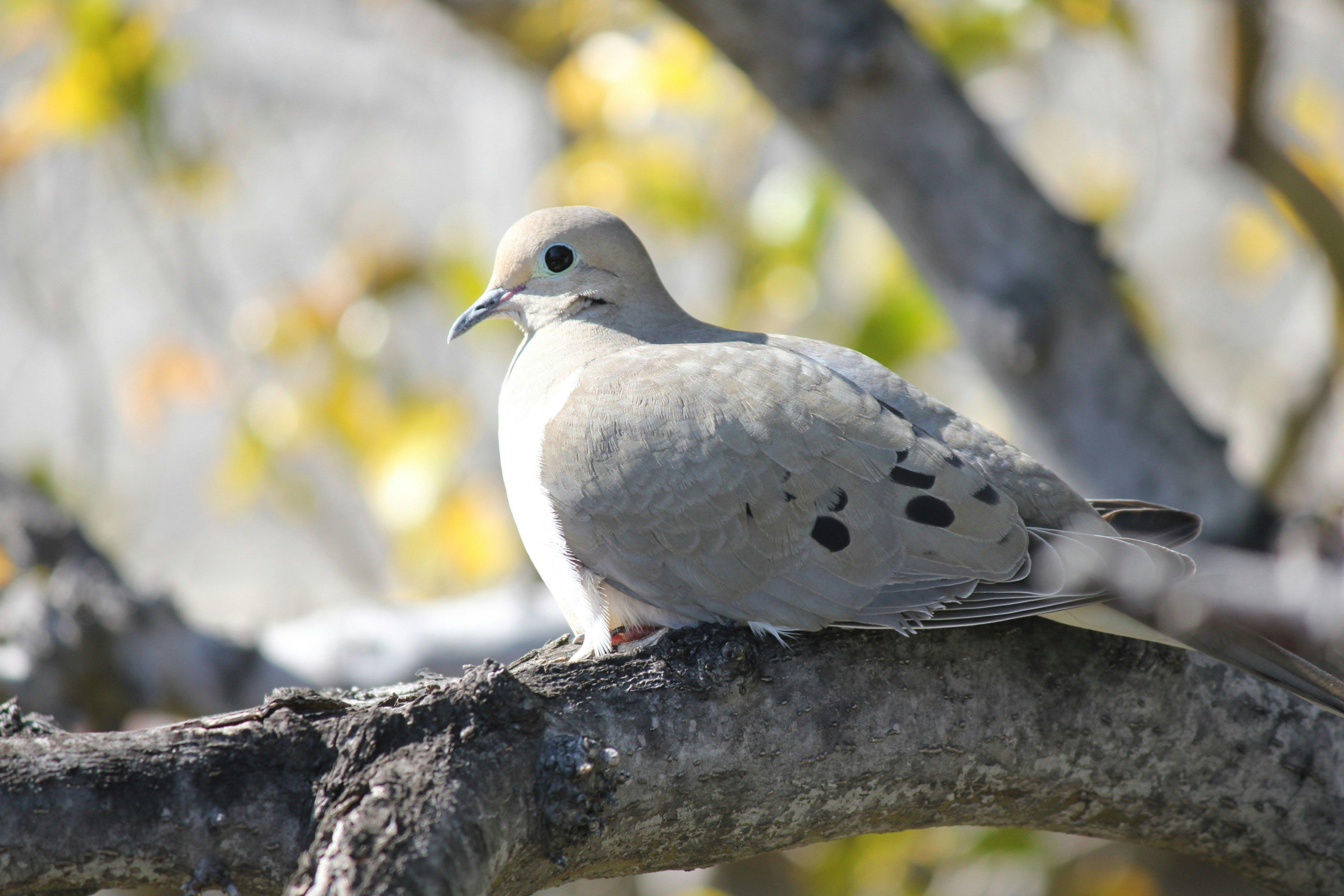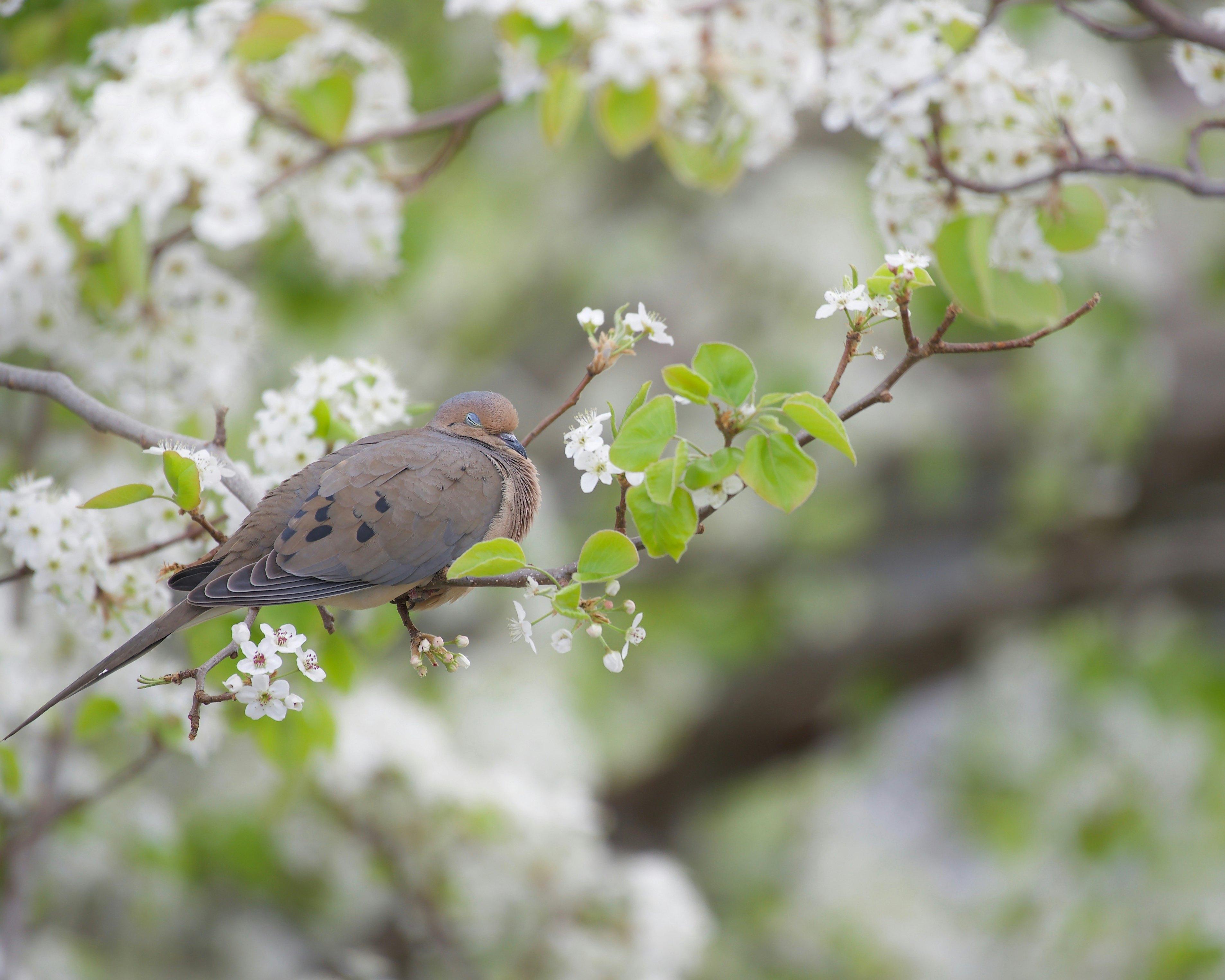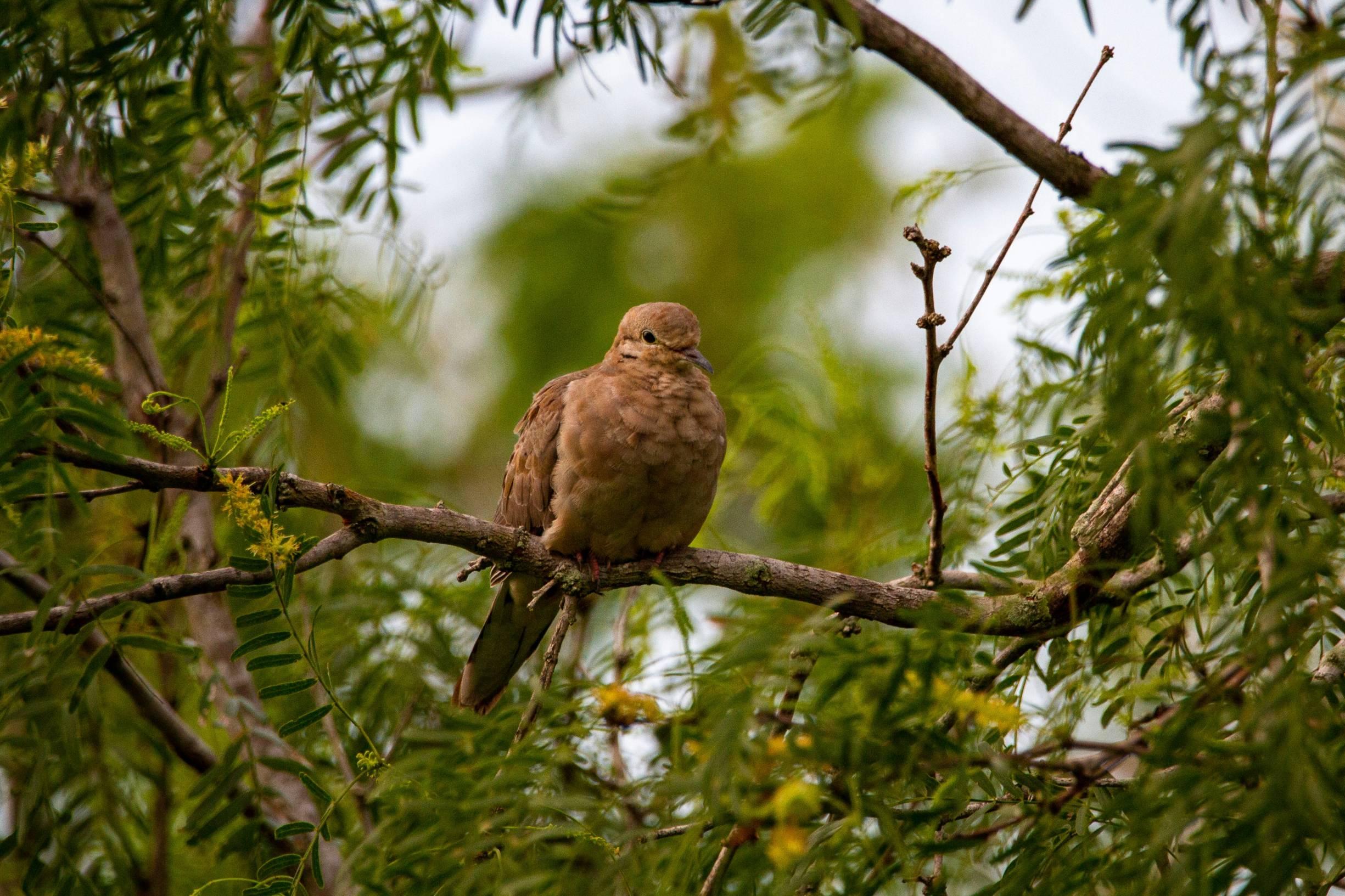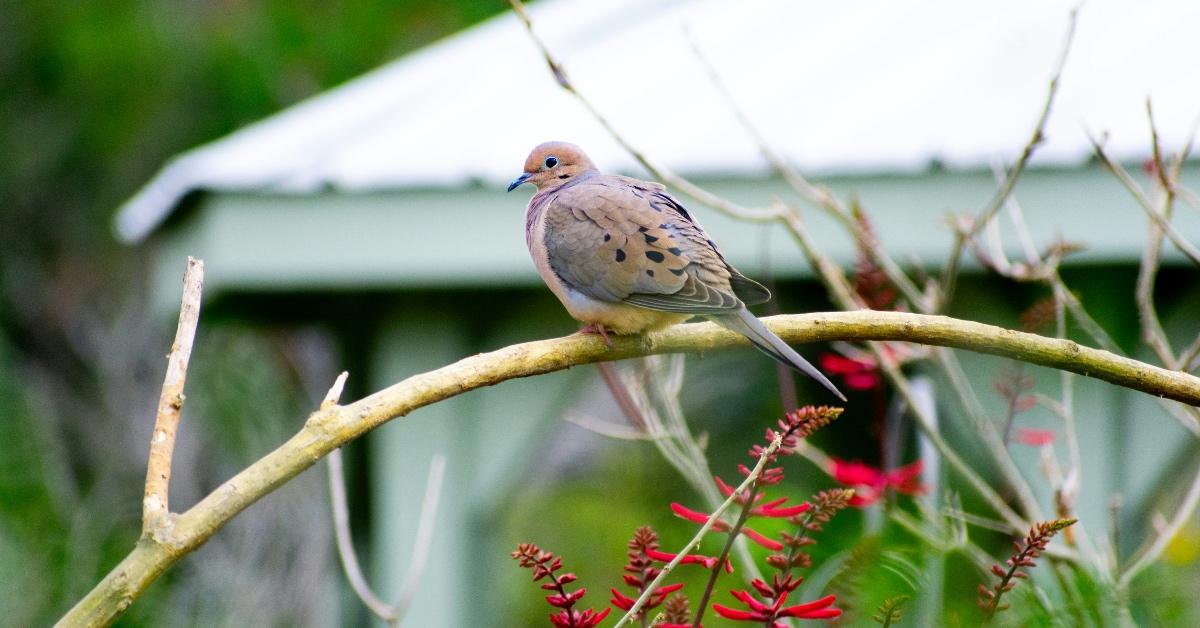Mourning Doves Are on the Decline Thanks to Human Interference — Details Here
Mourning doves are not considered to be at immediate risk for extinction.
Published Dec. 12 2024, 3:50 p.m. ET
If you have begun birdwatching as a hobby or have set up a bird feeder, you know firsthand what it feels like to find a sense of joy in chance encounters with different birds. Mourning doves are a favorite of many birders, especially during the holiday season.
However, you may have begun to notice the absence of mourning doves from backyards, orchards and wooded areas. If you wonder about the status of the bird name-dropped in the song 12 Days of Christmas, you're in luck. Let's unpack what we've discovered about the mourning dove's disappearance below.
What happened to mourning doves?
Unfortunately, mourning doves face an annual threat from hunters. According to an August 2024 report from the U.S. Fish & Wildlife Service, roughly "16.8 million mourning doves were harvested by about 1 million hunters who spent about 3.3 million days" collectively hunting them.
Furthermore, The Wildlife Society published a story attesting to the negative overall impact of "intensive agriculture" on mourning dove reproduction. Human interference with thriving wildlife populations potentially threatens the longer-term future of these majestic birds, much like many other species, including small species such as beavers and large species like bears.
Is the mourning dove extinct?
No, the mourning dove is thankfully not extinct. When the International Union for Conservation of Nature (IUCN) last assessed the mourning dove's global population in June 2024, it deemed the bird "Least Concern" for extinction.
The IUCN did acknowledge, however, that the mourning dove's population is decreasing.
"The species' population in North America (U.S. and Canada) is estimated to have a slightly negative trend, which equates to a small decline in population size over three generations (14.82 years)," according to the IUCN's assessment of the mourning dove's global population.
According to the National Audubon Society, mourning doves usually fly south in the fall and winter. If, like me, you noticed fewer mourning doves in the northern states of the U.S., this is likely the reason why.
Nevertheless, the National Audubon Society proclaims the mourning dove's vulnerability status to be "stable," further indicating they are not likely to become extinct any time soon.
Why are they called mourning doves?
If you've ever heard the sorrowful coo of the mourning dove and mistaken it for an owl, you're not alone. Per the American Bird Conservancy, that fascinating and haunting sound gives the mourning dove its name.
They are also known as turtle doves in some regions, per iNaturalist.
According to a story in the Los Angeles Times, the impact of dwindling populations of mourning doves in areas where they once thrived is especially noticeable to those who appreciate the melody of the mourning dove's coos.
As various regions rife with plentiful bird activity suddenly go silent, the impact of hunters and invasive human activities will be even more pronounced.



